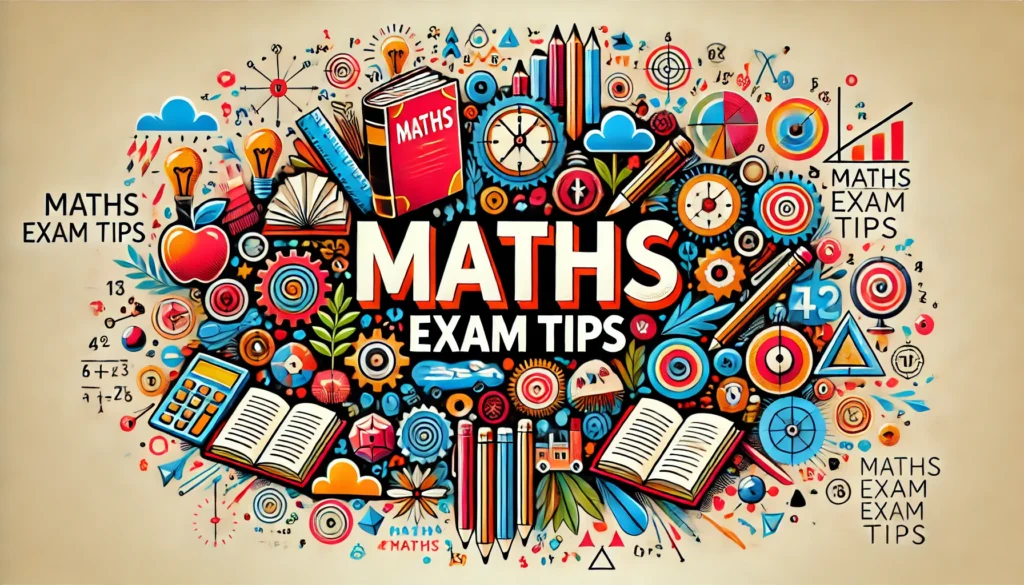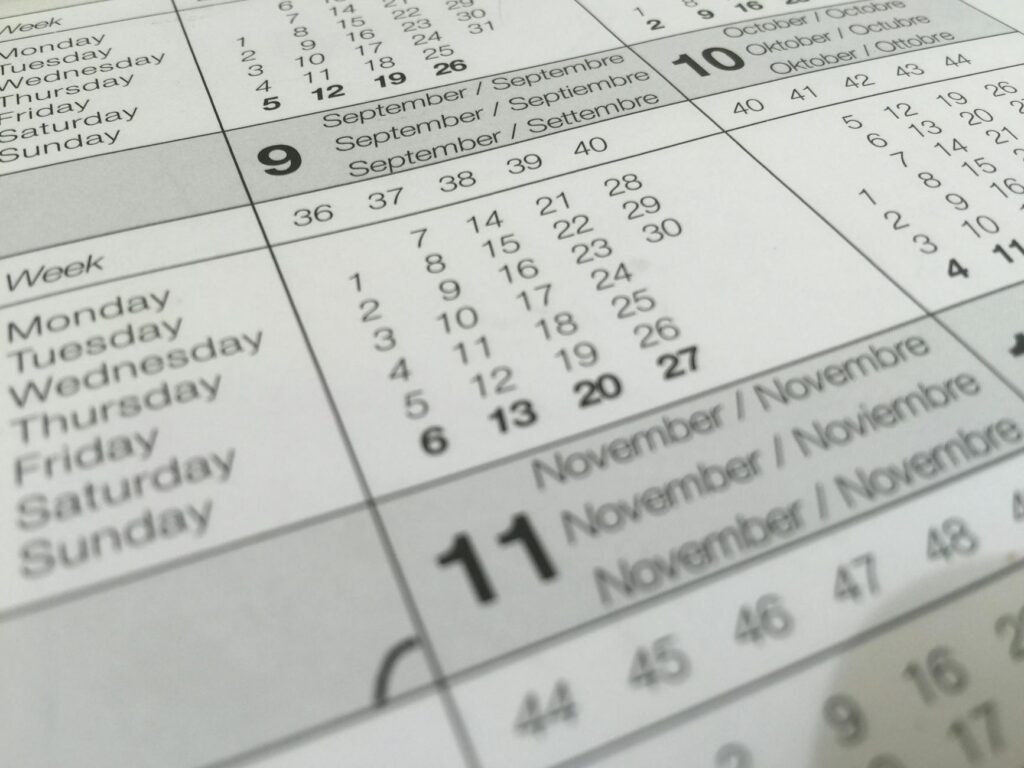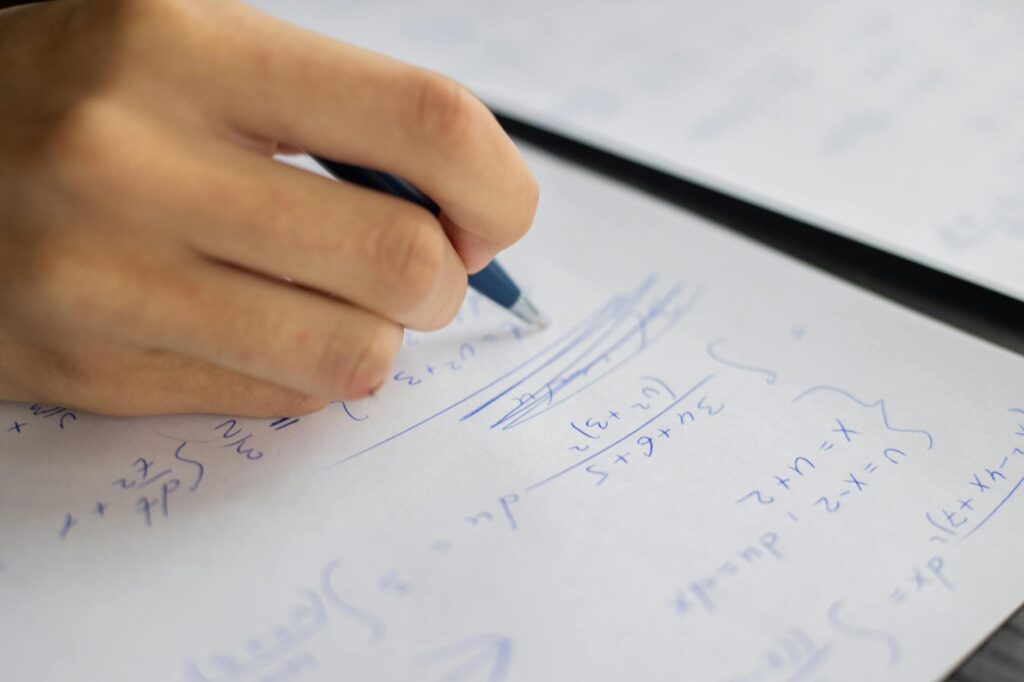Primary School Maths is a key subject that develops logical reasoning and problem-solving skills. Our Mathematics test papers encompass a broad spectrum of topics, from basic arithmetic to more complex concepts such as algebra and geometry. These papers are designed to reinforce classroom learning, build mathematical confidence, and prepare students for the rigor of the Singaporean exam format.
Primary 3 (P3) Maths Exam & Test Papers (all schools)
- Exam Year 2023
- Exam Year 2022
- Exam Year 2021
- Exam Year 2020
Primary 4 (P4) Maths Exam & Test Papers (all schools)
- Exam Year 2023
- Exam Year 2022
- Exam Year 2021
- Exam Year 2020
Primary 5 (P5) Maths Exam & Test Papers (all schools)
- Exam Year 2023
- Exam Year 2022
- Exam Year 2021
- Exam Year 2020
Primary 6 (P6) Maths Exam & Test Papers (all schools)
- Exam Year 2023
- Exam Year 2022
- Exam Year 2021
- Exam Year 2020
Primary School Maths Curriculum in Singapore

Lower Primary (Primary 1-3)
The Lower Primary Mathematics curriculum in Singapore is designed to build a strong foundation in basic arithmetic operations, number sense, and problem-solving skills. The focus is on making mathematics engaging and accessible to young learners through a variety of hands-on activities and interactive lessons.
Basic Arithmetic Operations:
- Addition and Subtraction: Students begin by learning simple addition and subtraction, starting with single digits and gradually moving to larger numbers. They use visual aids, such as counters and number lines, to understand these concepts.
- Multiplication and Division: Introduction to multiplication and division is done using grouping and sharing activities. Students learn the multiplication tables and understand the relationship between multiplication and division.
Number Sense:
- Understanding Numbers: Emphasis is placed on recognizing numbers, counting, and understanding the value of digits in different positions (ones, tens, hundreds). Activities include comparing and ordering numbers.
- Place Value: Students learn about place value and how to break down numbers into their constituent parts, enhancing their understanding of the number system.
Shapes and Geometry:
- Basic Shapes: Introduction to basic geometric shapes such as circles, squares, triangles, and rectangles. Students learn to identify, describe, and compare shapes based on their properties.
- Simple Geometry: Concepts like symmetry, patterns, and spatial relationships are introduced. Students engage in activities like drawing, cutting, and folding shapes to explore these ideas.
Measurements:
- Length, Mass, and Volume: Basic measurement concepts are introduced using real-life objects. Students learn to measure length, mass, and volume using standard units like centimeters, grams, and liters.
- Time and Money: Students learn to read clocks, understand the concept of time, and perform simple calculations with money, enhancing their practical life skills.
Simple Graphs and Data Handling:
- Graphing Skills: Students are introduced to simple graphs such as bar graphs and pictograms. They learn to collect, organize, and interpret data.
- Data Interpretation: Basic skills in reading and understanding graphs are developed, enabling students to draw conclusions from visual data representations.
Upper Primary (Primary 4-6)
As students progress to Upper Primary, the Mathematics curriculum becomes more advanced, with a focus on complex arithmetic operations, deeper problem-solving tasks, and the application of mathematical concepts to real-world scenarios.
Advanced Arithmetic Operations:
- Fractions, Decimals, and Percentages: Students learn to work with fractions, decimals, and percentages, understanding their interrelationships and performing calculations with them. They solve problems involving conversion between these forms.
- Ratios and Proportions: Introduction to ratios and proportions helps students understand the concept of relative size and scale. They solve problems involving comparison and scaling.
Algebra:
- Basic Algebraic Concepts: Students are introduced to simple algebraic expressions and equations. They learn to use variables to represent numbers and solve basic equations.
- Patterns and Sequences: Emphasis is placed on recognizing patterns and sequences, which lays the groundwork for more advanced algebraic thinking.
Geometry:
- Advanced Geometry Concepts: Students learn about angles, properties of polygons, and three-dimensional shapes. They explore concepts like perimeter, area, and volume through hands-on activities and real-life applications.
- Coordinate Geometry: Introduction to the coordinate plane and plotting points. Students learn to describe positions and movements using coordinates.
Measurements:
- Complex Measurements: Students refine their measurement skills, working with more complex units and conversions. They tackle problems involving perimeter, area, and volume of various shapes.
- Time and Money Management: More advanced problems involving time and money are introduced, enhancing students’ practical and financial literacy.
Data Handling and Probability:
- Interpreting Data: Students work with more complex data sets and graphical representations, including line graphs and pie charts. They learn to analyze and interpret data critically.
- Introduction to Probability: Basic concepts of probability are introduced, helping students understand the likelihood of events and make predictions based on data.
Real-World Applications:
- Problem-Solving Skills: Emphasis is placed on applying mathematical concepts to solve real-world problems. Students engage in projects and activities that require critical thinking and creativity.
- Mathematical Reasoning: Students develop logical reasoning and analytical skills, learning to justify their solutions and approach problems systematically.
By the end of Primary 6, students are expected to have a solid understanding of key mathematical concepts and the ability to apply these concepts effectively in various contexts. The primary school maths curriculum in Singapore aims to foster a love for mathematics, encourage critical thinking, and prepare students for more advanced mathematical studies.


